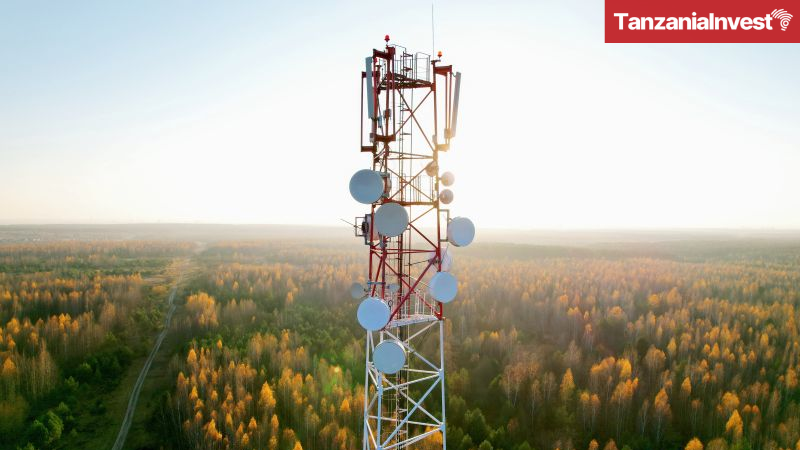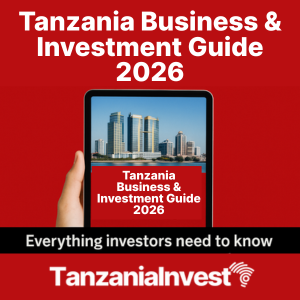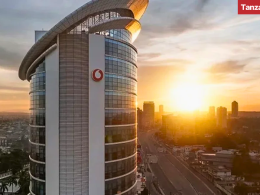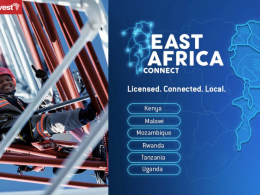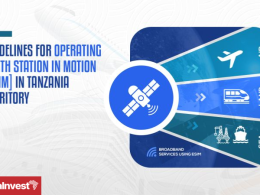On 10 July 2025, the Tanzania Communications Regulatory Authority (TCRA) awarded four 50 MHz blocks in the 3600–3800 MHz band to three mobile operators.
The allocation is designed to accelerate 5G rollout and expand mobile broadband coverage across Tanzania.
The licences are valid for 15 years, providing operators with long-term certainty for planning and executing network investments.
Under the coverage obligations, licence holders must reach at least six administrative regions by 2028 and all regional capitals by 2033, expanding access to high-capacity networks in both urban and underserved areas.
Payments will be made in five instalments over two years, with 40% of the total due within two weeks of the auction and four subsequent payments of 15% each over an 18-month period, allowing operators to direct more capital toward immediate network deployment.
The public auction concluded within seven months of the initial public notice.
All four 50 MHz blocks in the 3.6–3.8 GHz range were made available in one round with no set-asides, supporting efficient spectrum use and fair competition among operators.
The 3.6–3.8 GHz spectrum is part of the wider 3.5 GHz band (3.3–4.2 GHz), which is internationally recognised as a core mid-band frequency for 5G due to its balance of coverage and capacity.
According to the GSMA, the global industry association representing mobile network operators, “Spectrum policy is a key enabler of digital connectivity,” and ensuring sufficient spectrum is available at fair prices, with long-term certainty and predictable renewal conditions, is an effective way to promote network investment, expand coverage, and lower service costs.
The award aligns with Tanzania’s Digital Economy Strategic Framework 2024–2034, which prioritises affordable broadband infrastructure, enabling regulation, and mobilisation of private sector investment to support growth in sectors such as education, health, agriculture, and financial services.
It also reflects the objectives of the National ICT Policy (2016), which emphasises efficient spectrum allocation, promotion of competition, and technology adoption to promote socio-economic inclusion.
The instalment-based payment plan follows recommendations from GSMA’s Global Spectrum Pricing report, which warns that high upfront spectrum fees can delay infrastructure investment, slow network rollout, reduce rural coverage, and lower network performance.
Licences may be renewed at the end of their term subject to compliance with technical, service quality, and rollout conditions.
The African Telecommunications Union’s ATU-R Recommendation 002-0 advises that spectrum licences should ideally last at least 20 years to maximise incentives for investment, and Tanzania’s 15-year terms are closer to this benchmark than shorter durations used in some other markets.
“Tanzania’s approach provides a reference point for regulators in the region, showing how transparent auction processes, payment flexibility, and sufficient spectrum availability in a single round can support sustainable network investment and rapid deployment,” GSMA concludes.
Tanzania 5G Rollout
Tanzania’s first commercial 5G services were launched in 2022.
The technology is currently available in major urban areas, with coverage reaching about 13% by March 2024 and increasing to approximately 15% by mid-2024.
Initial deployments have focused on economic hubs such as Dar es Salaam, Dodoma, Arusha, and Mwanza.
The main operators offering 5G services in Tanzania are Vodacom, Tigo, and Airtel.
5G adoption has been gradual due to limited device availability, network rollout costs, and the need for additional spectrum to expand service beyond early launch areas.
Previous spectrum awards, such as the October 2022 multiband auction, supported initial 5G deployments through allocations in the 3500 MHz band.





